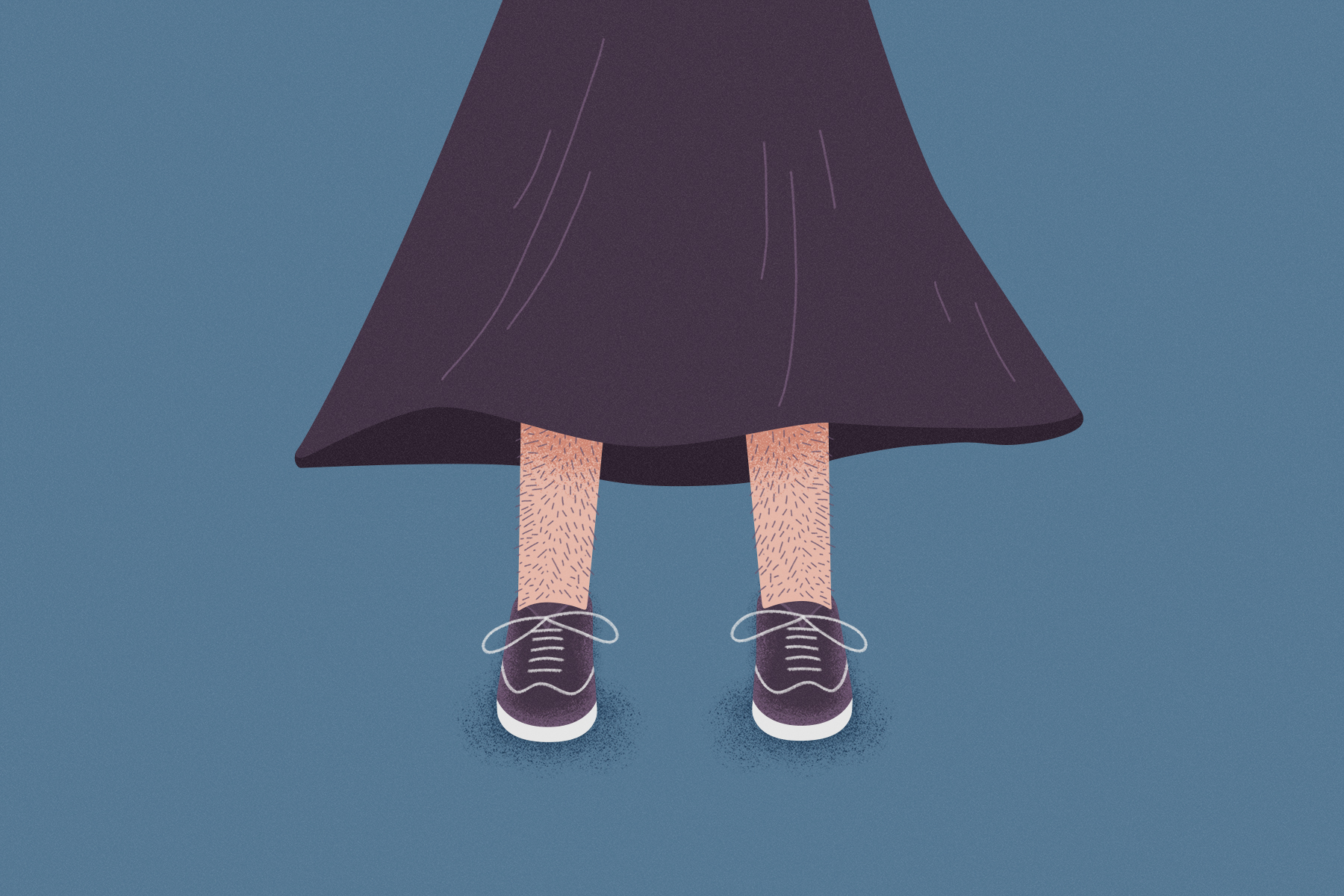Harry Styles, the first single man to ever be featured on the cover of Vogue, wore a ballgown and the internet collectively lost its mind. Many of his fans were in favor of the undoubtedly elegant look, but conservative pundits like Candance Owens threw fits about it, deeming this the death of Western masculinity.
Owens tweeted, “There is no society that can survive without strong men. The East knows this. In the west, the steady feminization of our men at the same time that Marxism is being taught to our children is not a coincidence. It is an outright attack. Bring back manly men.”
View this post on Instagram
Somehow, Owens manages to connect Harry Styles wearing a dress to the communist indoctrination of American children. How does this argument work? Well, it doesn’t. Somehow one man wearing a dress is an attack on all men and the masculinity that American culture works so hard to create and enforce.
Owens seems to support the ideals of toxic masculinity, in which all men must be “manly men” and abide by traditional and stringent gender roles. This is damaging to any man who seeks to explore his identity outside the male-female binary of conservative ideals.
Owens misses that men have explored women’s fashion for decades, something Styles is aware of and pays homage to. Cydney Henderson wrote in USA Today, “The British heartthrob explores gender fluidity on the cover in a lace ballgown by Gucci, crediting his ‘flamboyant’ idols Prince, David Bowie, Elvis Presley, Freddie Mercury and Elton John with giving him the confidence to buck the status quo and push boundaries.”
All of these examples, dating back to Elvis Presley in the 1950s, demonstrate that men’s fashion doesn’t need to be boring and specifically tailored for men. If Styles wants to wear a dress (and look fantastic in it), that is his prerogative. It does not destroy Western culture or indoctrinate children into Marxism. That’s ridiculous.
Let’s look at past examples of men who wore genderfluid clothing.
David Bowie and Jimi Hendrix
In the late 1960s, both David Bowie and Jimi Hendrix dressed in a very genderfluid manner. This was the first time men’s androgynous fashion hit the mainstream. Marlen Komer wrote in Bustle, “Just as women were about to experience their second wave of feminism, many men were just as seriously trying to see what they could find outside of their gendered expectations. Some grew their hair long, stole eyeliner from their mother’s bathroom cupboards, dabbled in tight, feminine silhouettes.”
Both Bowie and Hendrix helped popularize androgynous clothing for men during a time of great social upheaval and change. They set the stage for the men of the ’70s and ’80s to follow in their footsteps.
Elton John and Prince
All you have to do is watch “Rocketman” to see Elton John’s eccentric style, which diverged greatly from traditional masculine attire. During his rise to fame in the 1970s and 1980s, John frequently wore outfits bedazzled with crystals, feathers and bright colors that most mainstream male rock stars steered clear of.
Another 1980s rocker that strayed from the gender fashion norms was Prince. Prince was like “sex on a stick” to women, according to Komer, regardless of his effeminate fashion choices. He still attracted women without being traditionally “manly” in his clothing. Prince is an excellent example of how genderfluidity in dress does not detract from sex appeal, his own conception of masculinity or his sexual orientation.
“This hetero man who embraced effeminacy championed the idea that breaking out of gender roles didn’t have to have anything to do with sexuality. It was bigger than that,” Komer wrote. Prince wore silk, heels and makeup. He could still be a man without dressing in a traditionally “masculine” way. Like Styles, Prince’s fashion sense defied the traditional conceptions of manhood and made a statement against toxic masculinity.
Kurt Cobain
In the 1990s, Kurt Cobain frequently wore eyeliner and babydoll dresses. His band Nirvana was a huge part of the grunge revolution, which was characterized by androgynous, baggy clothing. He personified this, dressing in both men’s and women’s clothing, wearing makeup and keeping his hair long.
“For Cobain, this was a way of questioning the limitations society puts on us. He embodied a new variation on the masculine heterosexual norm: A direct rejection of machoism,” Komer wrote. Cobain, like his predecessors, rejected machoism and toxic masculinity and expressed himself however he wanted to.
These men are all excellent examples of bucking toxic masculinity in the fashion world. Clothes do not define gender or sexuality. Women can wear pants and men can wear dresses; none of it matters and it’s certainly not cause for angry tweets. Harry Styles can wear a gorgeous blue ballgown on the cover of Vogue, and it does not harm any other man. The decision of how to dress and express yourself via fashion is up to you and you alone. If Harry Styles in a dress threatens your view of masculinity, perhaps it’s time to look in the mirror and evaluate your own conception of yourself and your identity.

















